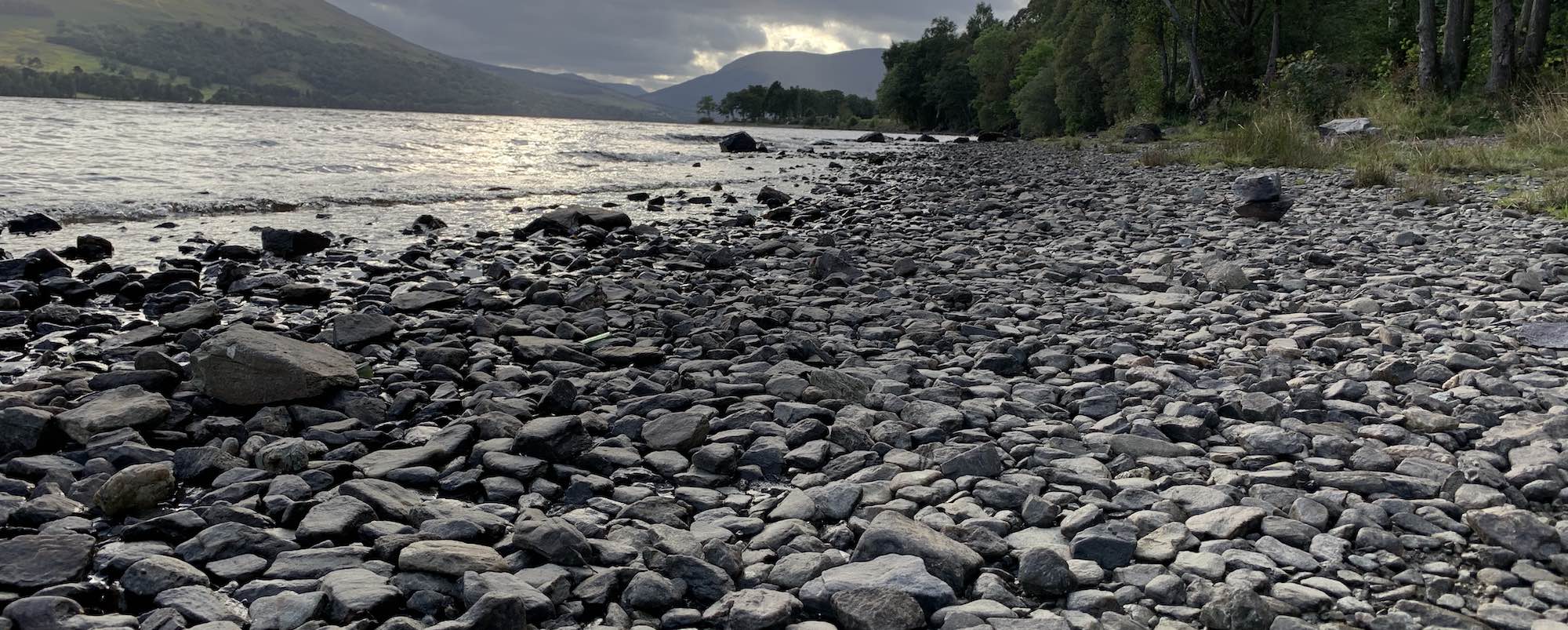We’ve gone full circle in UI design. What began as the richly tactile skeuomorphism of early smartphone interfaces gave way to the clean simplicity of flat design, only to reincarnate as the soft shadows of neumorphism—and now we find ourselves embraced by a new "glass" look. With Apple’s recent introduction of their frosted-glass style effect, it’s clear that designers are once again drawing inspiration from the physical world, layering translucency, depth, and context to bring digital surfaces to life.
From leather stitching to simple borders
In the late 2000s and early 2010s, skeuomorphic interfaces reigned supreme. Buttons looked like real buttons, notes looked like yellow legal pads, and readers flipped virtual pages in the Newsstand app. The goal was familiarity: to help users learn digital tools by evoking real-world metaphors.
But by 2013, Apple’s iOS 7 heralded a new era. Shadows vanished, textures flattened, and colours brightened. Suddenly, interfaces felt more abstract—icons became simple glyphs, and grids and cards organised content with minimal ornament. This "flat design" philosophy prioritised clarity, performance, and scalability, influencing everything from Android’s Material Design to countless web and desktop applications.
Neumorphism
Fast-forward to around 2020, and designers began craving warmth and tactility within flat layouts. Enter neumorphism—a style that married flatness with subtle, extruded shadows. Elements appeared as though gently raised or inset into the background, lending a sense of touchable realism without reverting to literal material textures.
While visually striking, neumorphism proved challenging for accessibility. Low contrast between elements and backgrounds sometimes made interfaces hard to navigate, and the delicate shadows could feel more decorative than functional.
Glassmorphism
Now, we're witnessing a resurgence of layered translucency with Apple’s freshly unveiled frosted-glass effect (first glimpsed in their latest OS previews). Unlike skeuomorphism’s heavy textures or neumorphism’s tonal embossing, glassmorphism leverages blur, light, and colour bleed:
- Depth & Context: Background content subtly shows through translucent panels, reinforcing spatial relationships without overwhelming.
- Focus & Hierarchy: Blurred backdrops push primary controls and information into sharper relief, guiding user attention naturally.
- Modern Nostalgia: The effect nods to Windows Aero’s “glass” of the late 2000s while feeling fresh thanks to Apple’s refined blur algorithms and dynamic colour adaptation.
In practice, glassmorphism offers both form and function: you see hints of underlying content (context preserved), but the blur ensures legibility and focus. Apple’s implementation dynamically adjusts tint and translucency based on ambient lighting and on-screen content, creating a living, responsive canvas. This is rare in modern UIs.
So where are we now?
Design trends rarely die—they evolve. Skeuomorphism taught us the power of metaphor; flat design taught us clarity and efficiency; neumorphism reminded us of dimensionality; and glassmorphism now balances all three, marrying context, aesthetics, and usability.
This cyclical return speaks to a more profound truth: users crave interfaces that feel both intuitive and alive. Pure flatness can feel cold, and overly literal textures can feel gimmicky. However, translucent layers create interfaces that are simultaneously minimal and rich, echoing how we perceive real glass.
We should expect that push to continue, with more skeuomorphic elements and interfaces creeping back into our everyday life, and I'm not happy!



There are no comments on this page.
Comments powered by BalfComment